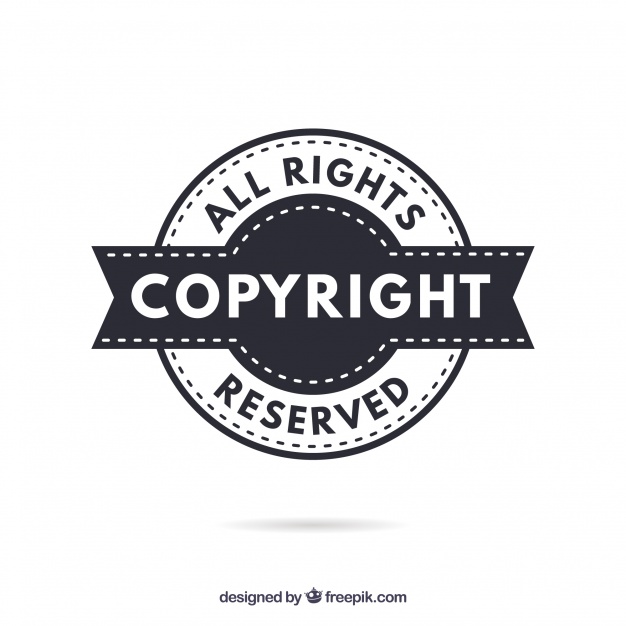
In the current era, women have grown equal to men and gone are those days when women were limited within four walls. Women empowerment is increasing nowadays. Women are now contributing as the major workforce in India, and it is imperative to safeguard women at the workplace. Working women are increasing in the agriculture segment, being 90 million out of 409 million workforces, which constitutes 87% as workers and cultivators.
The main reason behind preferring males over female workers is costing, which culminates from paying female workers higher than males. The wage difference is a common problem encountered by women in this demanding market.
To overcome these differences in terms of gender, and to provide more protection to women, companies have enforced several laws to make them feel encouraged. Women need to be aware of these laws to protect them in their job.
The Minimum Wage Act
The government has imposed this act, which fixes a minimum amount of money to be paid to the worker. The wages have to be paid according to the type of job irrespective of the gender. This can vary from state to state and it is decided by the government of India.
In cities, on an average wage paid to females is only 75% of that given to males, while in rural areas females are paid 58% of Read More





